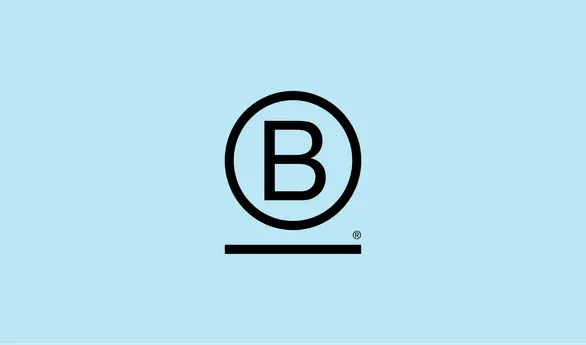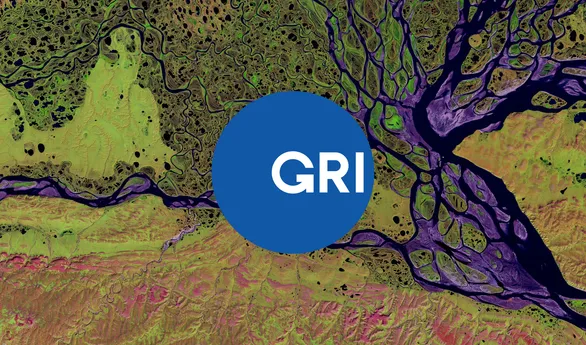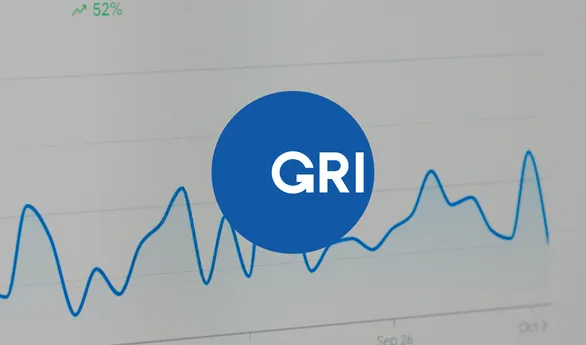The Partnership for Carbon Accounting Financials (PCAF) is a global coalition of financial institutions. The organization is working together to develop a harmonized approach to the GHG emissions associated with their loans and investments. Here’s what you need to know about it.
According to the CDP a financial organization’s "financed emissions" can be up to 700 times greater than the emissions from its own operations, making it critical to accurately measure and account for them. To address this issue, industry stakeholders created the PCAF, which offers a standardized set of guidelines for measuring and reporting financed emissions, allowing for easy comparisons across organizations. As of March 2023, some 375 financial institutions globally use the PCAF methodology.
What are the main goals of the PCAF Accounting and Reporting Standard?
In November 2020, the PCAF developed the Global GHG Accounting and Reporting Standard for the Financial Industry. This provides detailed methodological guidance on how to measure and disclose GHG emissions associated with the six asset classes detailed below. It has been widely tested by banks and investors and will be improved periodically to expand coverage areas and refine the existing methodologies.
Fundamentally, the Standard helps guide financial institutions on how to track and measure their financed emissions. The metric enables them to:
-
Assess climate-related risks in line with the Task Force on Climate-related Financial Disclosures (TCFD)
-
Set science-based targets (SBTs) using the sector-based decarbonisation approach developed by the Science Based Targets initiative.
-
Report in line with the Carbon Disclosure Project (CDP).
-
Develop innovative financial products that support the low-carbon transition.
What are the PCAF Asset Classes?
Any financial institution can use the PCAF and its associated GHG accounting methodology. The PCAF methodology currently covers the following asset classes:
-
listed equity and corporate bonds,
-
business loans and unlisted equity,
-
project finance,
-
mortgages,
-
commercial real estate and
-
motor vehicle loans.
Who does the PCAF partner with?
The PCAF partners with various initiatives and organizations to increase its impact among financial institutions. Some of its key partnerships to date are:
-
Science-Based Targets Initiative (SBTi) – The SBTi partners with the PCAF to give added impetus to financial institutions to adjust their investment portfolios in line with the Paris Agreement. The SBTi helps financial actors to set and achieve emissions reduction targets founded on science.
-
Green Climate Fund – The Green Climate Fund tracks how GHG accounting and reporting develops over time in the financial industry. The PCAF reports on its own progress to the Green Climate Fund and asks for feedback on how to improve its Standards.
-
CDP – By partnering with the PCAF, non-profit CDP gains valuable insight into the environmental impact of certain financial institution’s investment portfolios. CDP is a non-profit aimed at helping companies and cities disclose their environmental impact.
-
Joint Impact Model – The PCAF partners with the Joint Impact Model, or JIM, to help calculate the financed emissions of financial institutions in developing countries where greenhouse gas emissions are more difficult to measure.
What is the difference between the GHG Protocol and the PCAF?
The GHG Protocol develops comprehensive global standardized frameworks to measure and manage GHG emissions from private and public sector operations, whereas the PCAF is a global partnership of financial institutions working together to improve emissions disclosure.
The GHG Protocol can be used by PCAF participants to improve their measurement of financed emissions. Find out more here.
What is the difference between the TCFD and the PCAF?
The Task Force on Climate-related Financial Disclosures (TCFD) focuses on improving the transparency and disclosure of financial organizations’ climate-related risks and opportunities, while PCAF focuses specifically on the measurement and reporting of financed emissions.
Essentially, these are two different initiatives which help financial institutions address climate change, but they have different focuses.
What are the benefits of joining the PCAF?
The PCAF provides financial institutions with a clear methodology for how to track and disclose their greenhouse gas emissions. Doing so helps institutions prepare public disclosures on the subject and understand what support is available.
There are many benefits to collaborating with other financial institutions also grappling with how to track and disclose the GHG footprint of their lending and investment activities. Institutions can learn from their peers and work together to develop industry best practice that works for all.
How can companies join the PCAF?
Follow the steps below to start collaborating with other financial institutions on the assessment and disclosure of GHG emissions.
-
Understand more about the objectives, scopes and implementation plans of the PCAF by exploring the website. This will give you a good idea of how your financial institution can benefit from joining the partnership and you can also consider joining a regional team.
-
Next up, you'll need to sign and submit the commitment letter. For a copy of this letter and information about the fee structure, you should contact info@carbonaccountingfinancials.com. By signing the letter, you commit your institutions to assess and disclose its greenhouse gas emissions in line with the PCAF standard. The commitment letter may be signed by anyone with the decision-making authority to commit to PCAF on behalf of your organization. Once the letter is submitted, your institution will be marked as 'Committed' on this page of the PCAF website.
-
Make sure to join a regional team, which will enable you to work with other banks and investors at regional or country level. Doing so will help guide you on how to adapt the Global GHG Accounting and Reporting Standard to your specific regional context. PCAF operates in five regions: Africa, Asia-Pacific, Europe, Latin America and North America, and each region has a PCAF regional implementation team, in addition to some country-specific coalitions. Joining a regional team will also mean that your institution gets recognised at global and regional climate and finance events.
-
Then start to assess the emissions associated with the activities financed by your institution. By joining the PCAF, you'll receive free introductory technical support to do this — in order to implement GHG accounting of loans and investments.
-
Finally, disclose your financed emissions in your annual reports and other relevant places in line with PCAF guidance. Once complete, your financial institution will be marked as 'Disclosed' on the PCAF website here.
Please note: your organization can choose how much of its portfolio to disclose in line with PCAF. Whether one asset class, sector or simply a proportion of your total portfolio – it's up to you.
How can Sweep help?
The Sweep platform makes carbon tracking simple for financial institutions. We build a base understanding of the emissions associated with your financed activity and help you to build a credible plan on how to reduce your emissions footprint. The Sweep platform provides you with granular and accurate data – making it easier to report in line with the PCAF.
Speak to us today to find out more about how we can support you to measure and report on your emissions.




